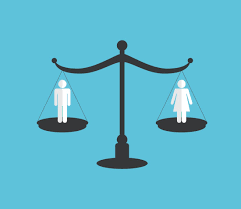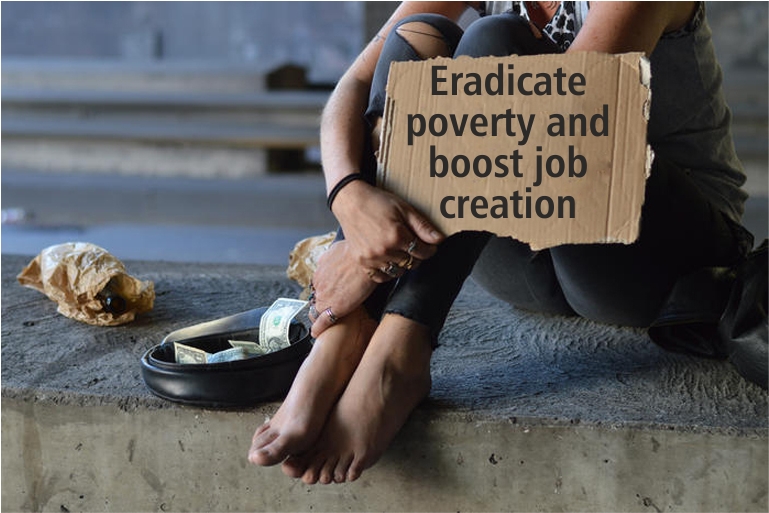
An estimated one billion people now have mobile connections in India. It is hard to imagine how many towers exist to support that level of connectivity. But if we wish to know a number, there are around 5 lakh towers and counting. Even though there are many towers, people are complaining about call drops they face now and then. Then there is an additional issue that contradicts this complaint. People primarily perceive cell phone towers as radiation-emitting machines, so they want a lesser number of towers in and around their residential area, but they want better connection quality. Isn’t it ironical that in many ways we demand more of these towers that we believe to be causing possible risks of cancer, radiation and other diseases? However, the government has established that there is no practical evidence that proves these. There is a general perception in the public that towers should not be near schools, hospitals and residential areas. They are associating towers with the increase in various types of health symptoms like depression, headache, nausea, loss of appetite, memory loss, blurred vision, skin and cardiovascular problems. Perhaps it is not the tower that is spreading radiation. Maybe it is the anxiety, the fear that is in us regarding possible radiation in towers that leads to diseases.
According to authorities, the proximity of the tower to a human settlement area is not an issue. Government has established stringent safety norms and only those who comply can raise a tower over a building. Radiation limits have been increased to 1/10th of global standards making India one of the safest countries in this regard. When towers are set up, there are very stringent processes to set them up. How high they must be, what location they have to be at, then there is a line of sight issues; these are some considerations to be looked at. A company must obtain certification by the authorized operator, and if things are not checked, they can easily be removed.
In my understanding, when an antenna’s power is increased, it develops better connectivity for users as the reach-ability of mobile waves increase, and the rise in power creates the discussed problems. For power to be less radiating, towers must be set low, and they should be closer together. It is to better the user connection, smaller towers that are located close to each other are required, and they do not radiate much power.
We must not forget the frequency waves emanating from mobile devices are also harmful to us. It is also said that continuous exposure to a mobile device is more dangerous than a tower. In overseas, the telecom companies are educating people with regards to usage of cell phones example the skull of a child is small, so he must not be exposed to the device like we are. In contrast, there is no visible public initiative been taken by our telecom companies in this regard. Some forums are created by TRAI (Telecom Regulatory Authority of India) and companies, but the popularity of these forums are awful.
Some scientist believes that heavy mobile users are under danger, and the habit of mostly listening to phone from one ear increases chances of brain tumour. We must learn that cell phone use is under our control, but when we talk about towers, we cannot do much about their establishment. Even though no credible evidence has come so far against its (Tower’s) harmful effects, they are a need of the population. There is no published or unpublished literature, so now in my experience that conclusively states whether these towers are harmful or not. There are two aided projects for the study of this subject- government-aided and company aided. Assigned persons under these projects have been and are carrying studies and surveying the psychological disorders of people who are heavy users to establish some literature on harmful effects.
People in authority say that nothing has been proven while people are worried that do they have to suffer from diseases and die before things are determined. We are complaining about everything. If we take towers away, then there will be more call drops, and then we will start complaining about that as well. Hopefully, these devices of the future stay human friendly because we need them. Lastly, one question still makes us think more- if there was a mobile tower in front of our house, would we get it removed?










